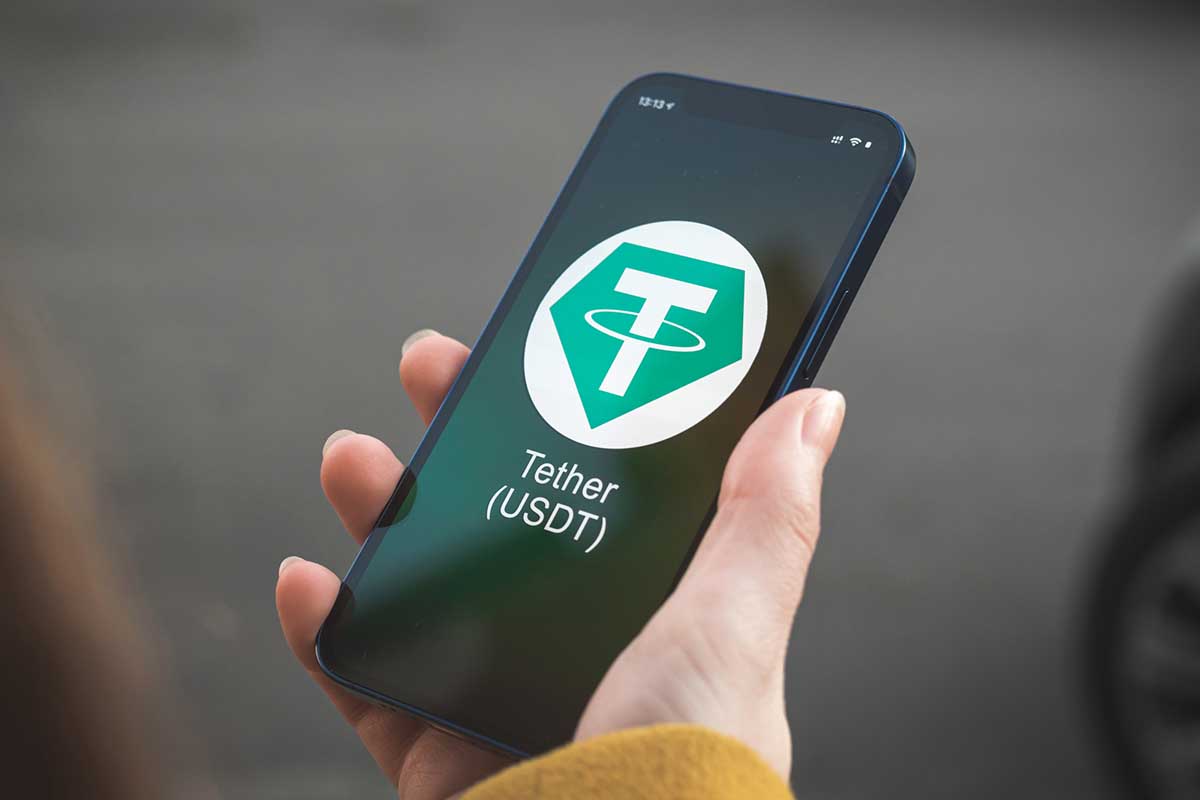The world of cryptocurrencies is filled with a wide array of different digital assets, each with its unique use cases and properties. However, one digital asset that has received a lot of attention in recent years is Tether (USDT).
Tether is a so-called stablecoin whose value is pegged to a stable asset, such as the US dollar. This makes Tether an attractive option for investors looking for a less volatile investment than other cryptocurrencies like Bitcoin or Ethereum. If you want more information regarding bitcoin trading, click the link provided.
Tether: The Stablecoin With A Controversial Relationship With The Cryptocurrency Market: Tether’s Rise to Prominence
Tether was first launched in 2014 by Tether Limited and quickly became one of the most widely used stablecoins in the cryptocurrency market. This is mainly due to its popularity as a means of exchanging value between different cryptocurrencies. Since Tether is pegged to the US dollar, it can be used to purchase other cryptocurrencies without having to convert to a fiat currency first. This has made Tether a crucial component of the cryptocurrency market, allowing for more efficient and cost-effective trades.
Tether’s Controversial Relationship with the Cryptocurrency Market
Despite its widespread use, Tether’s relationship with the cryptocurrency market is far from straightforward. The digital asset has been the subject of numerous controversies, many of which revolve around whether Tether has enough US dollars in reserve to back all of its issued tokens. This has led to concerns that Tether could be artificially inflating the cryptocurrency market, as it is widely used to exchange value between different cryptocurrencies.
Tether Limited has consistently maintained that all Tether tokens are fully backed by US dollars held in reserve. However, the company has been criticized for not providing enough transparency regarding its reserve holdings, which has fueled the ongoing controversy surrounding Tether.
Tether’s Impact on the Cryptocurrency Market
Regardless of the ongoing debates and controversies, there is no denying that Tether has had a significant impact on the cryptocurrency market. As one of the most widely used stablecoins, Tether has played a vital role in enabling more efficient and cost-effective trades between cryptocurrencies. This, in turn, has helped to drive the growth of the cryptocurrency market as a whole.
Moreover, Tether’s popularity as a stablecoin has made it an attractive investment option for those looking for a less volatile alternative to other cryptocurrencies. This has helped to bring more stability to the cryptocurrency market, as investors can use Tether as a haven during periods of market volatility.
Regulatory Scrutiny of Tether
The controversies surrounding Tether have also led to increased regulatory scrutiny of digital assets. Regulators are becoming increasingly concerned about the potential risks Tether poses, particularly its impact on the stability of the cryptocurrency market.
In recent years, several regulatory bodies, including the US Securities and Exchange Commission (SEC) and the Commodity Futures Trading Commission (CFTC), have launched investigations into Tether and its parent company, Tether Limited. These investigations have focused on Tether’s reserve holdings and transparency practices.
While Tether Limited has maintained that it fully complies with all applicable laws and regulations, the regulatory scrutiny has added another layer of uncertainty to its relationship with the cryptocurrency market. This has led some market participants to question whether Tether will be able to maintain its dominance as a stablecoin in the face of increasing regulatory scrutiny.
Alternative Stablecoins Emerge
In response to the controversies surrounding Tether, several alternative stablecoins have emerged in recent years. These stablecoins aim to provide a more transparent and trustworthy alternative to Tether, with some even offering higher degrees of decentralization and security.
For example, some stablecoins are backed by a basket of assets rather than just one asset, like the US dollar. Others are built on decentralized platforms, such as Ethereum, and use decentralized systems to maintain the stability of their value.
While Tether remains the dominant stablecoin in the cryptocurrency market, the emergence of alternative stablecoins has added another layer of complexity to Tether’s relationship with the market. As these alternative stablecoins gain traction, they could pose a significant challenge to Tether’s dominance, particularly if they can offer investors a more transparent and trustworthy option.
Conclusion
In conclusion, Tether’s relationship with the cryptocurrency market is far from straightforward. While digital asset has been instrumental in driving the growth of the cryptocurrency market and bringing more stability to the market, it has also been the subject of numerous controversies and debates. Despite this, Tether remains one of the most widely used stablecoins in the cryptocurrency market, and its impact will likely continue to grow.




















